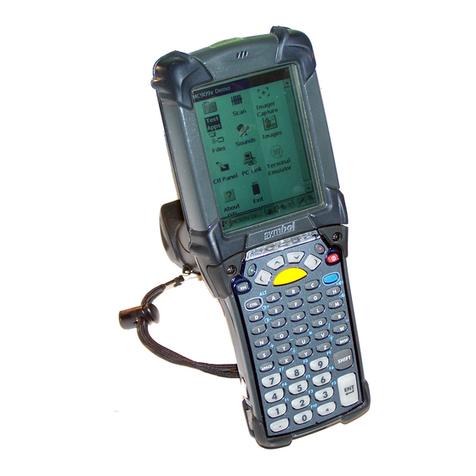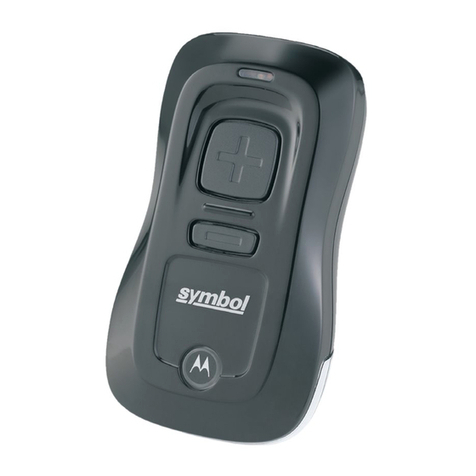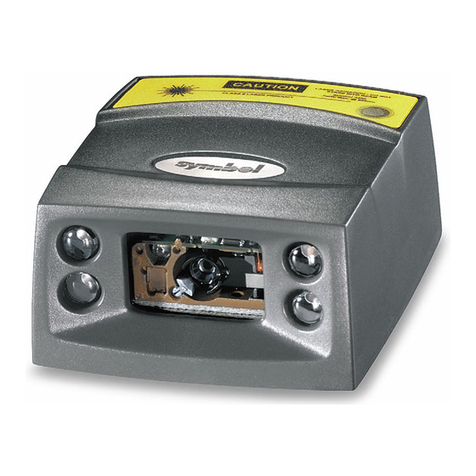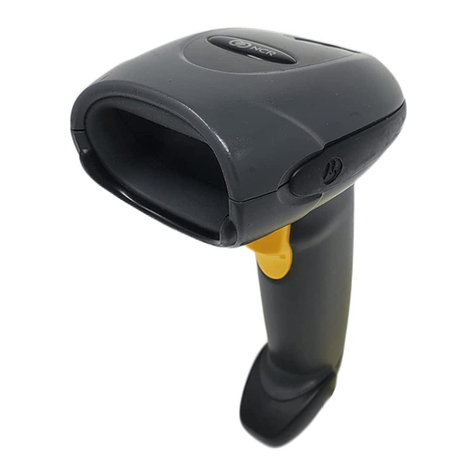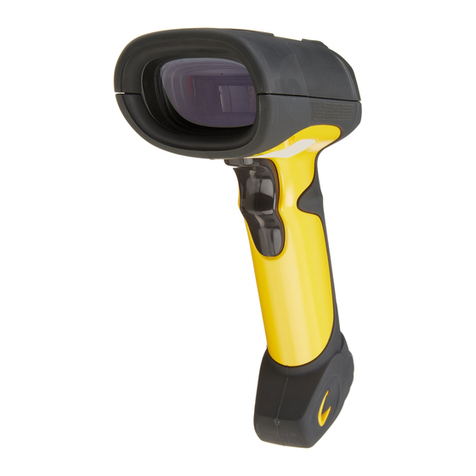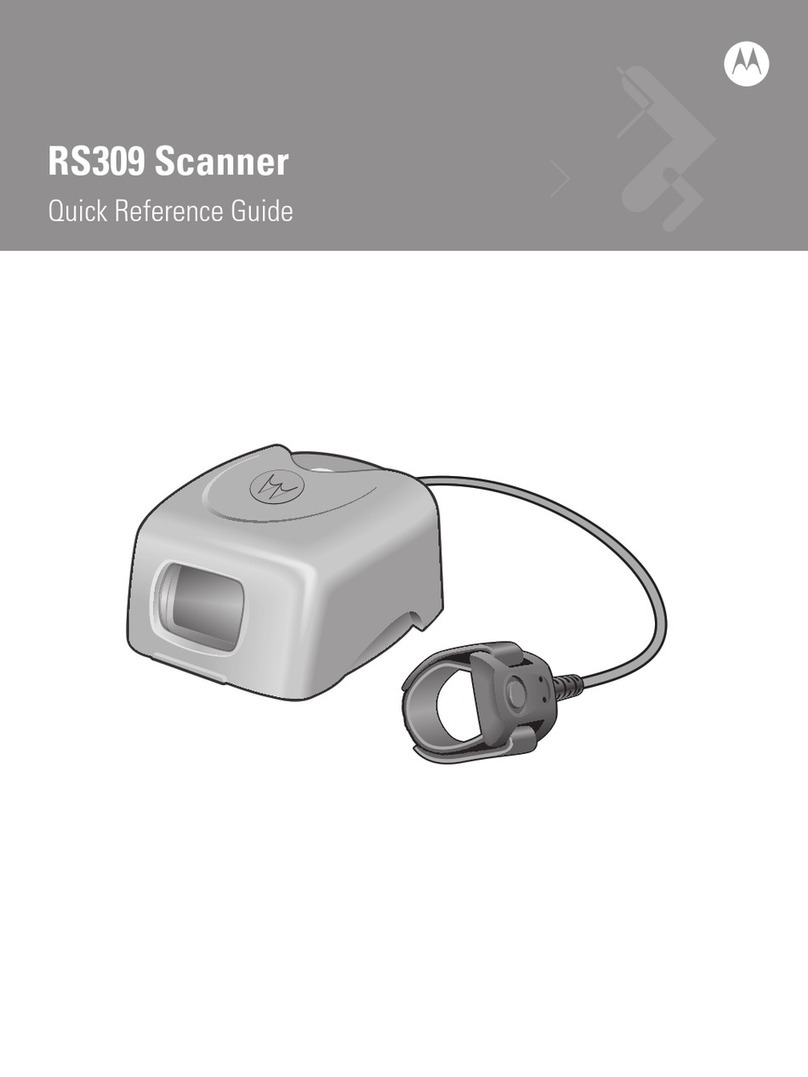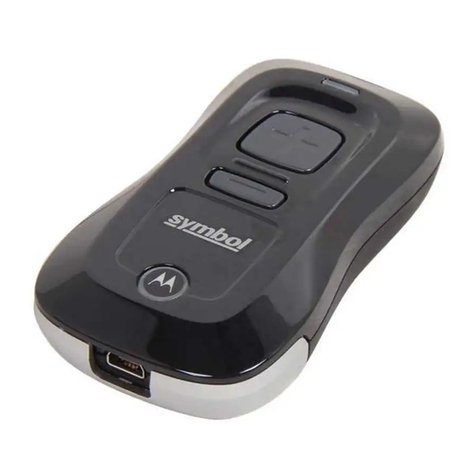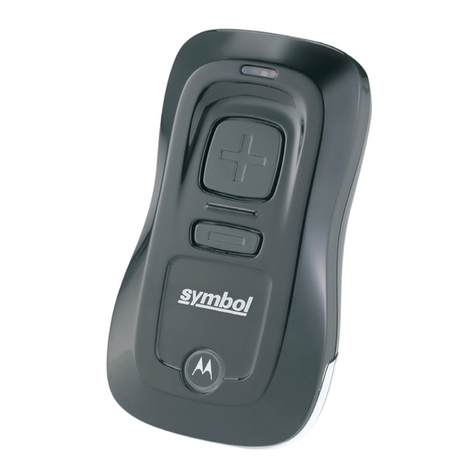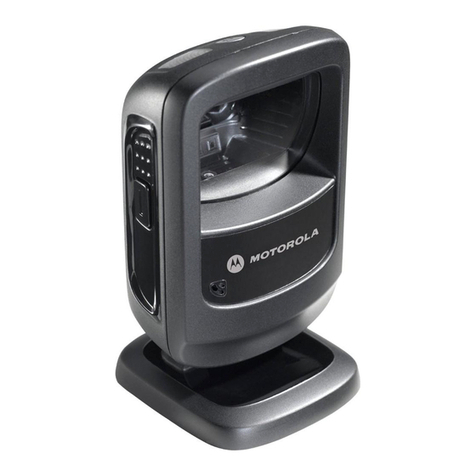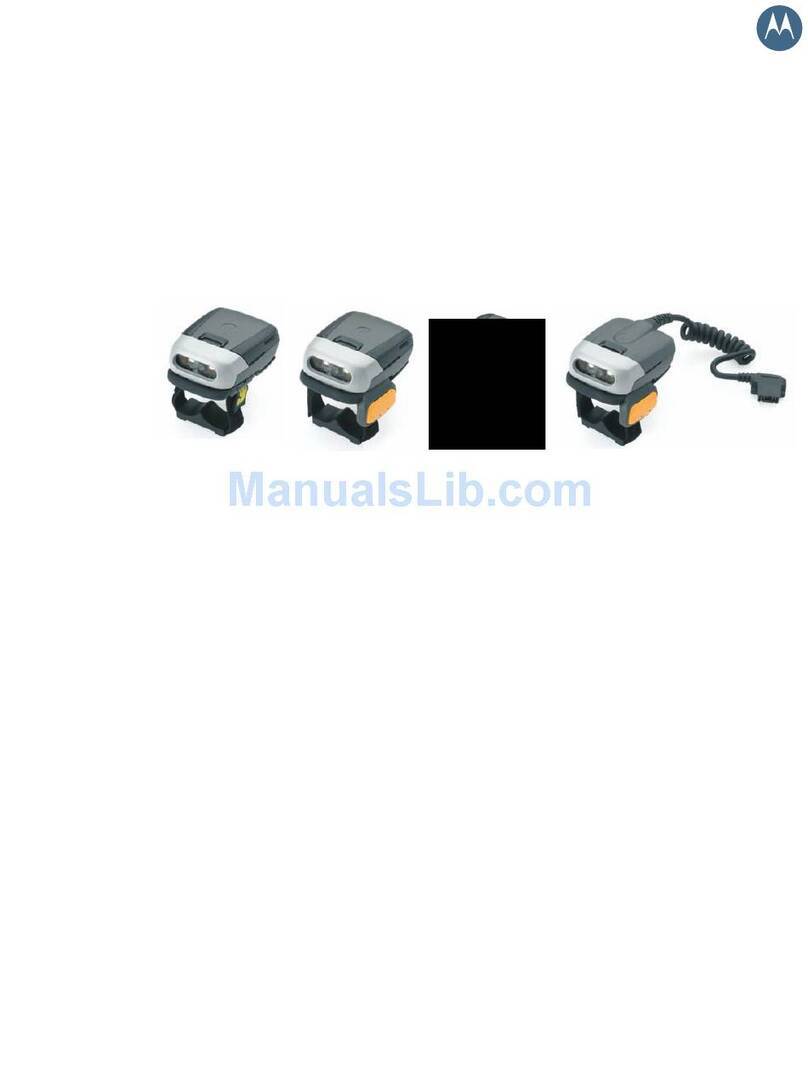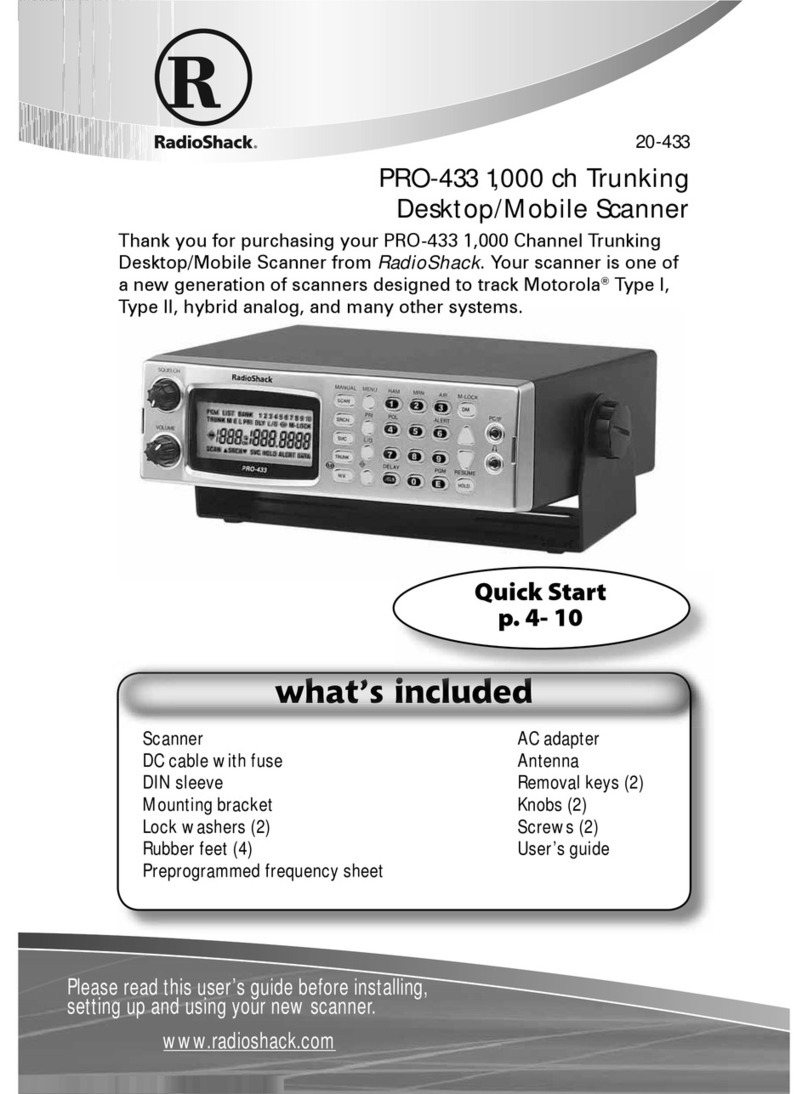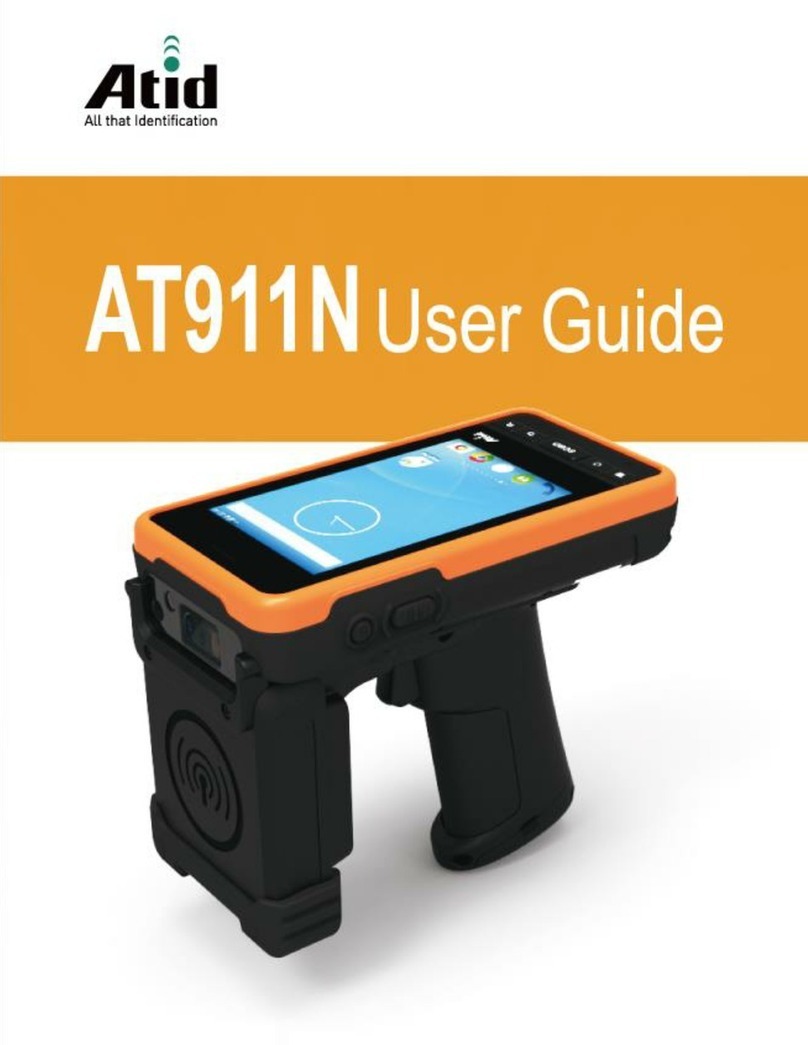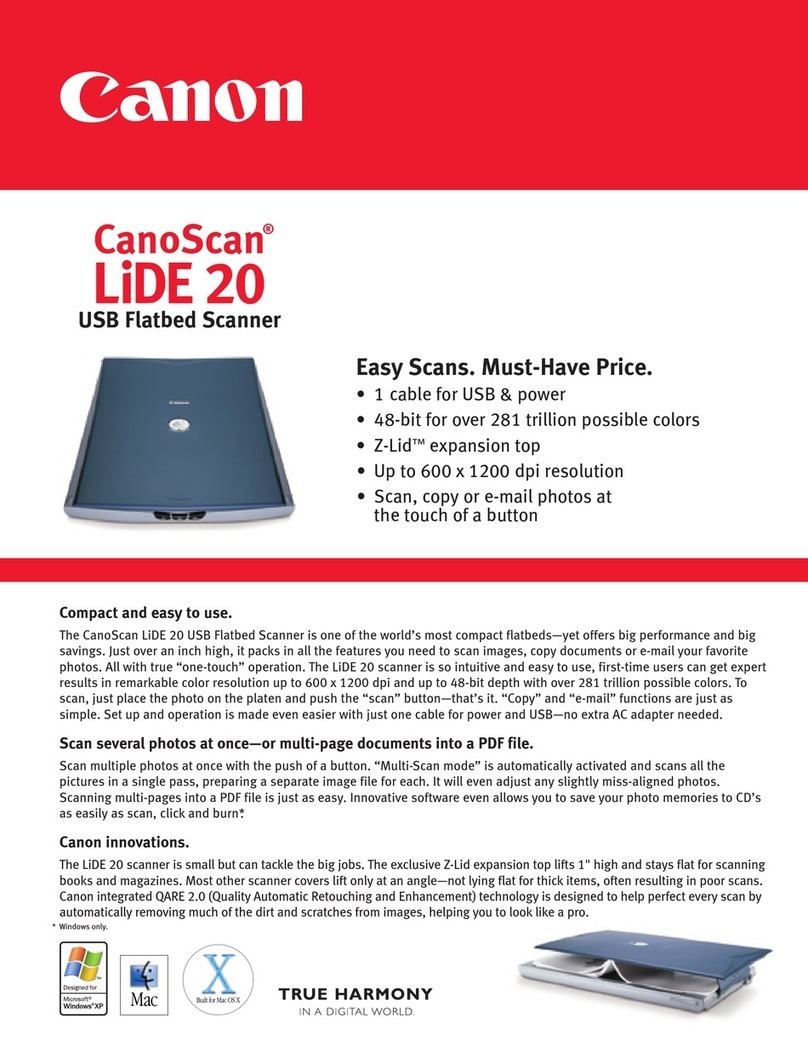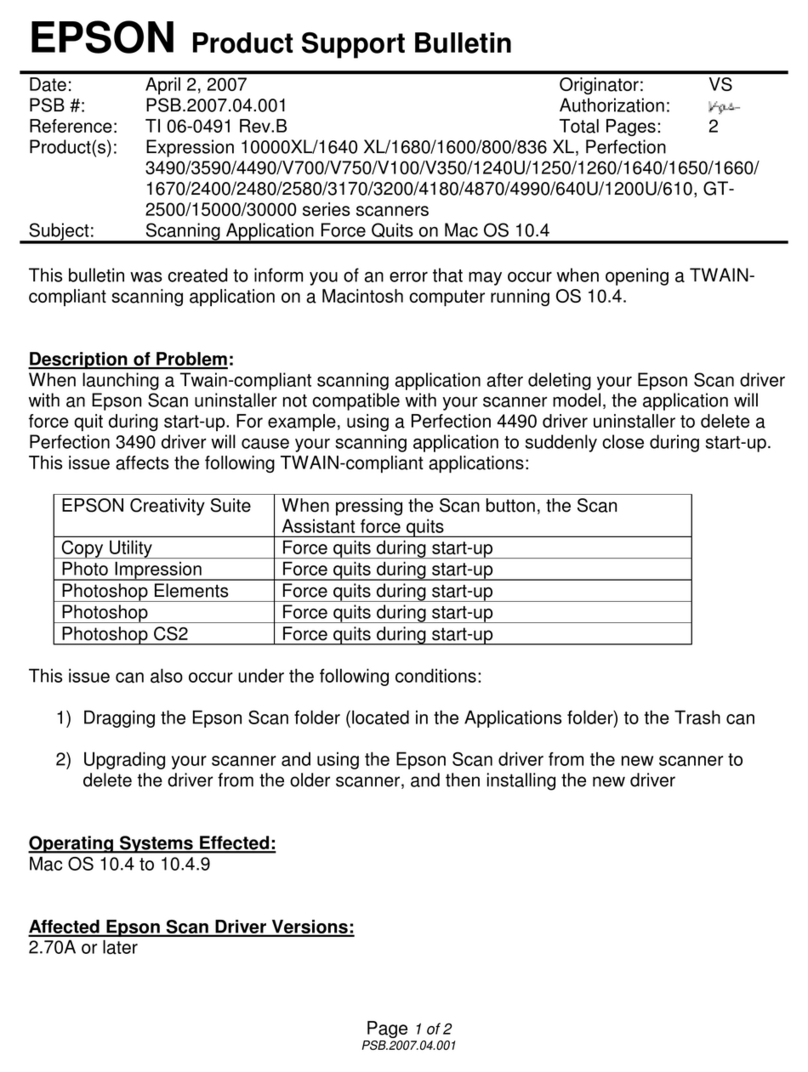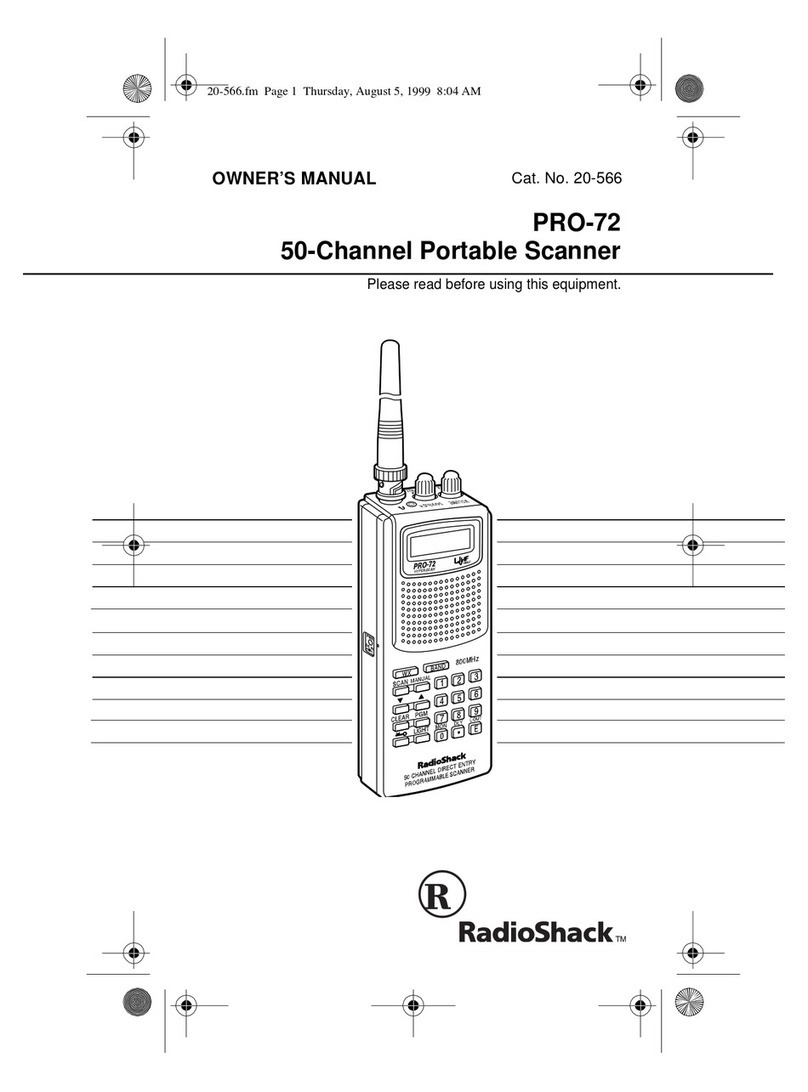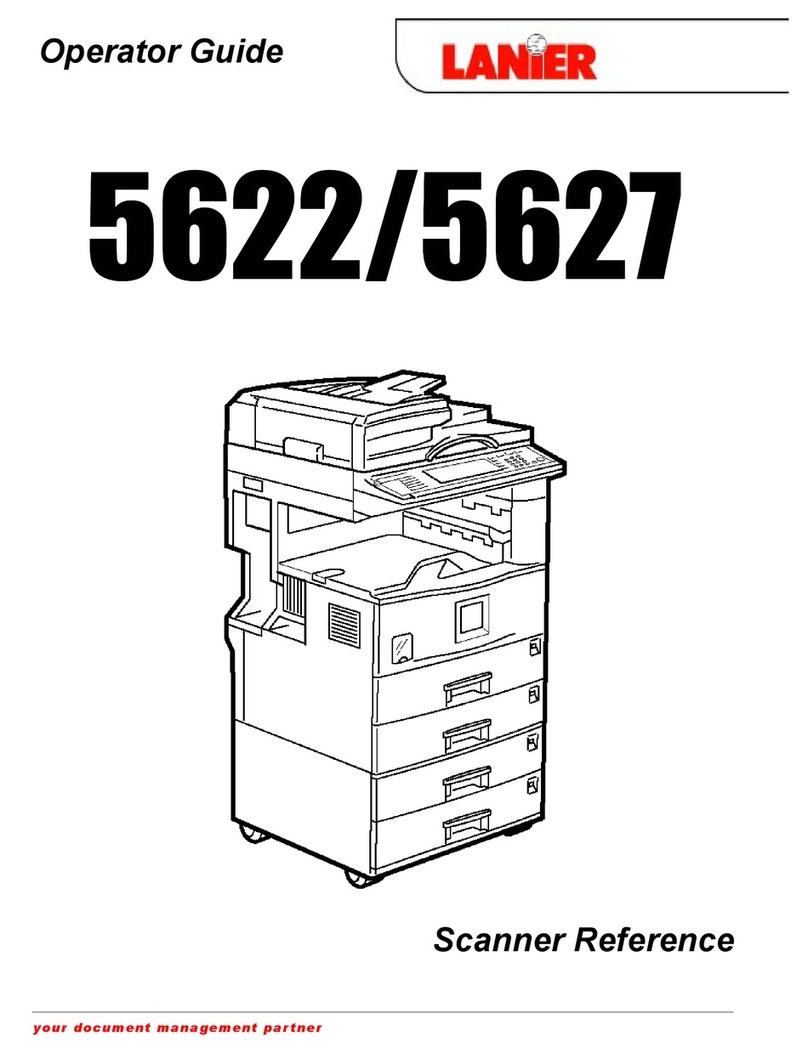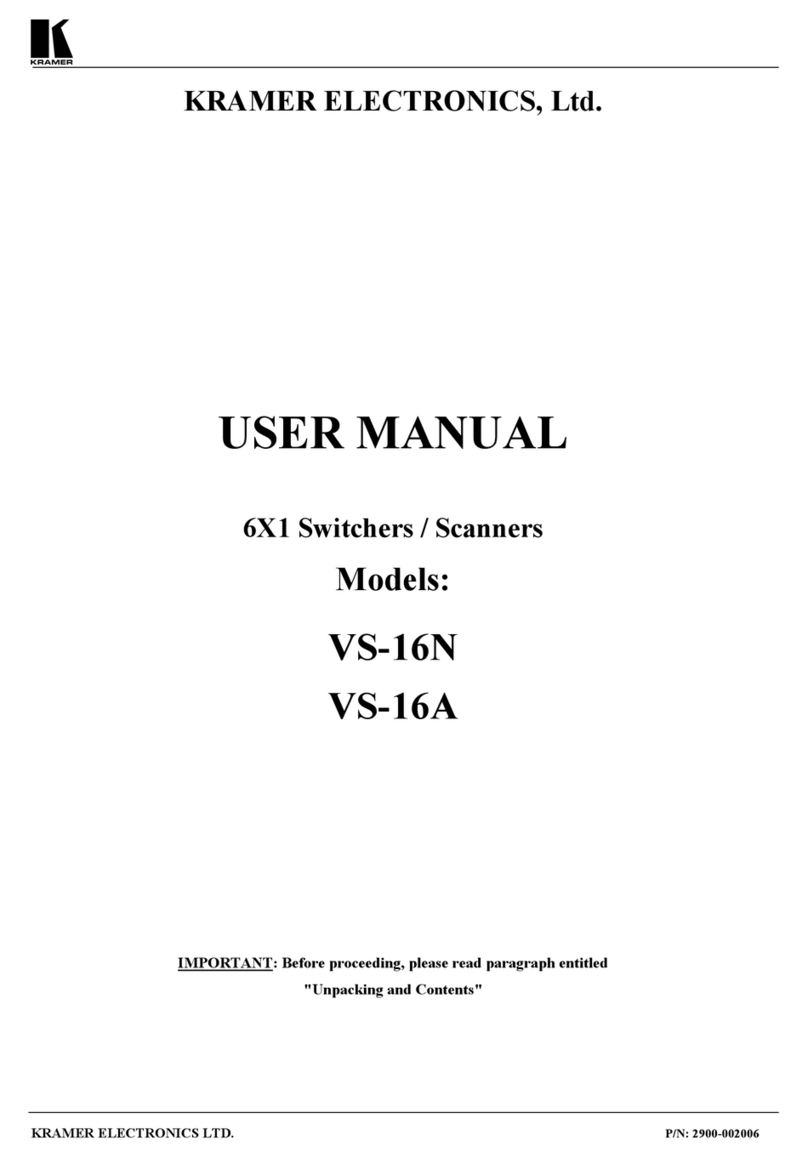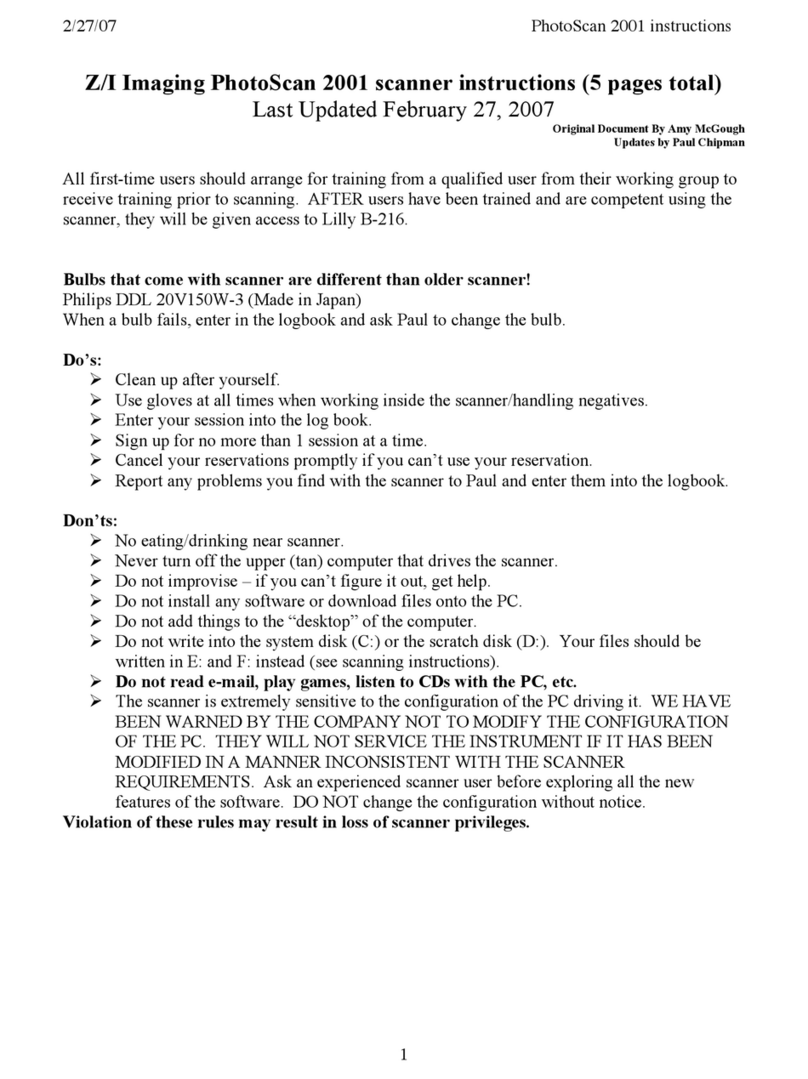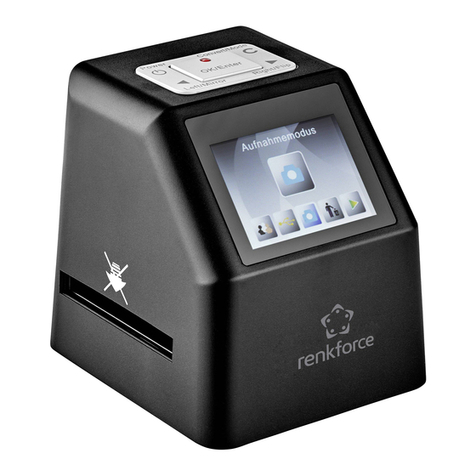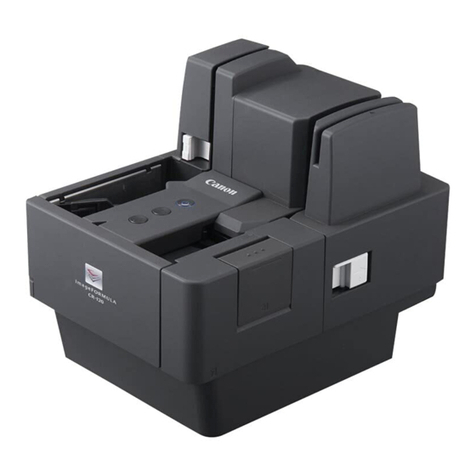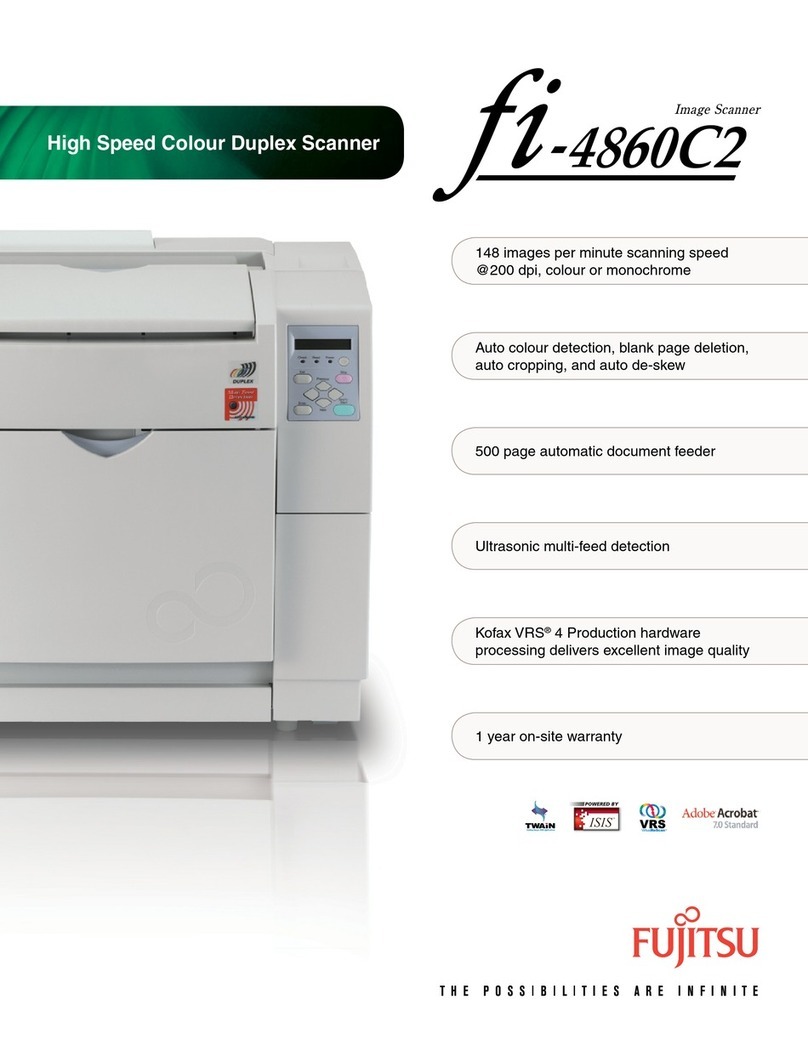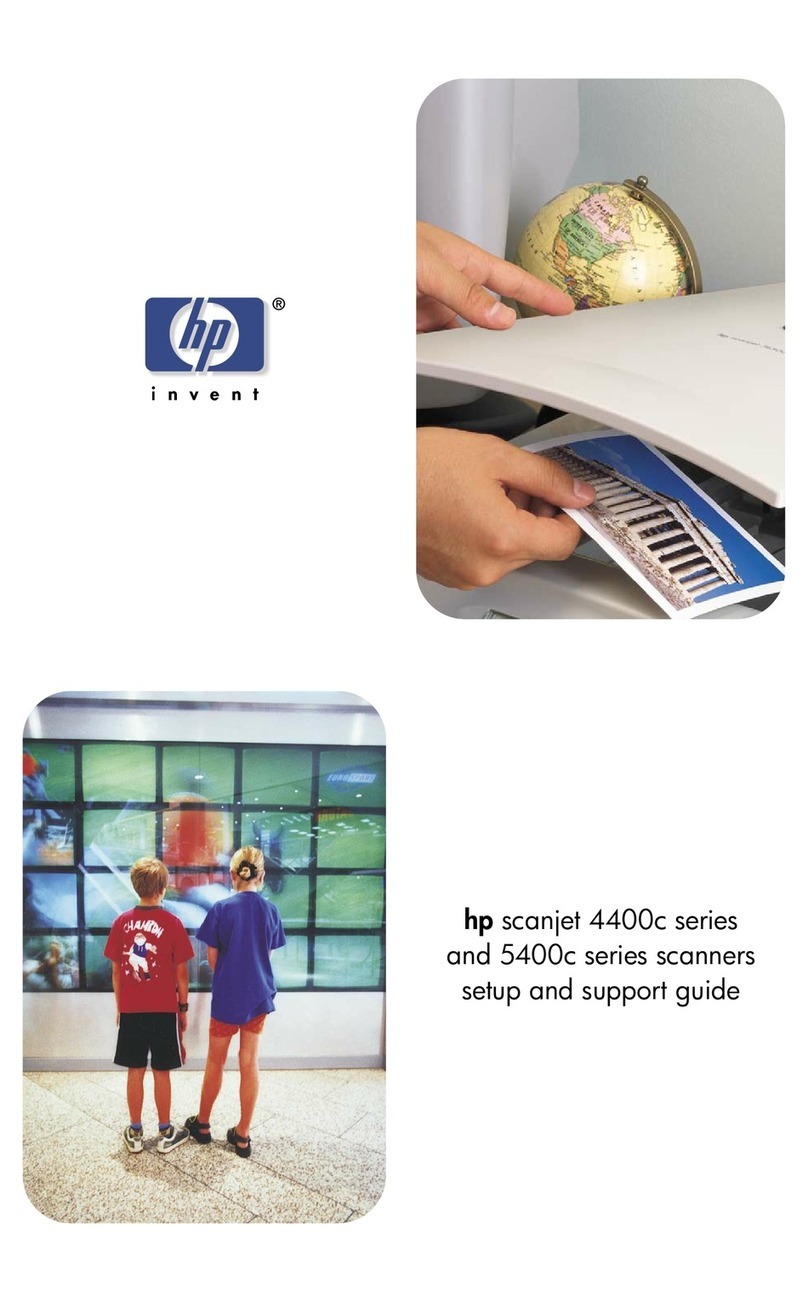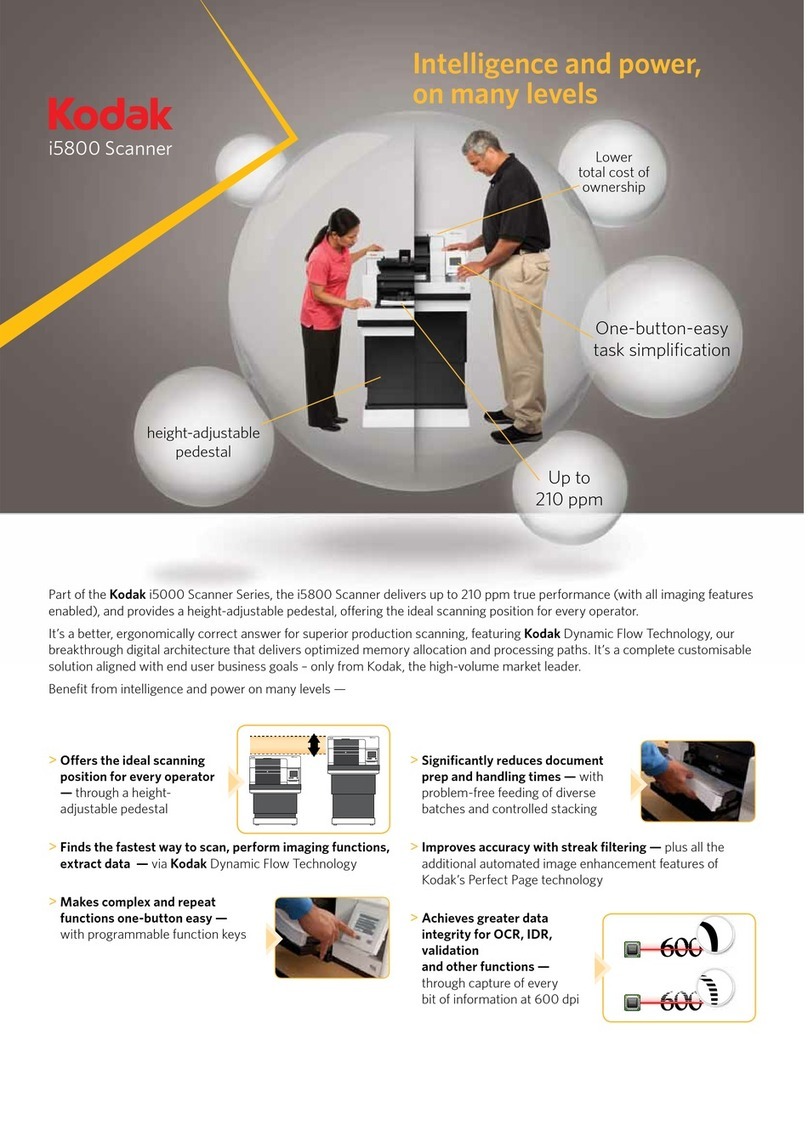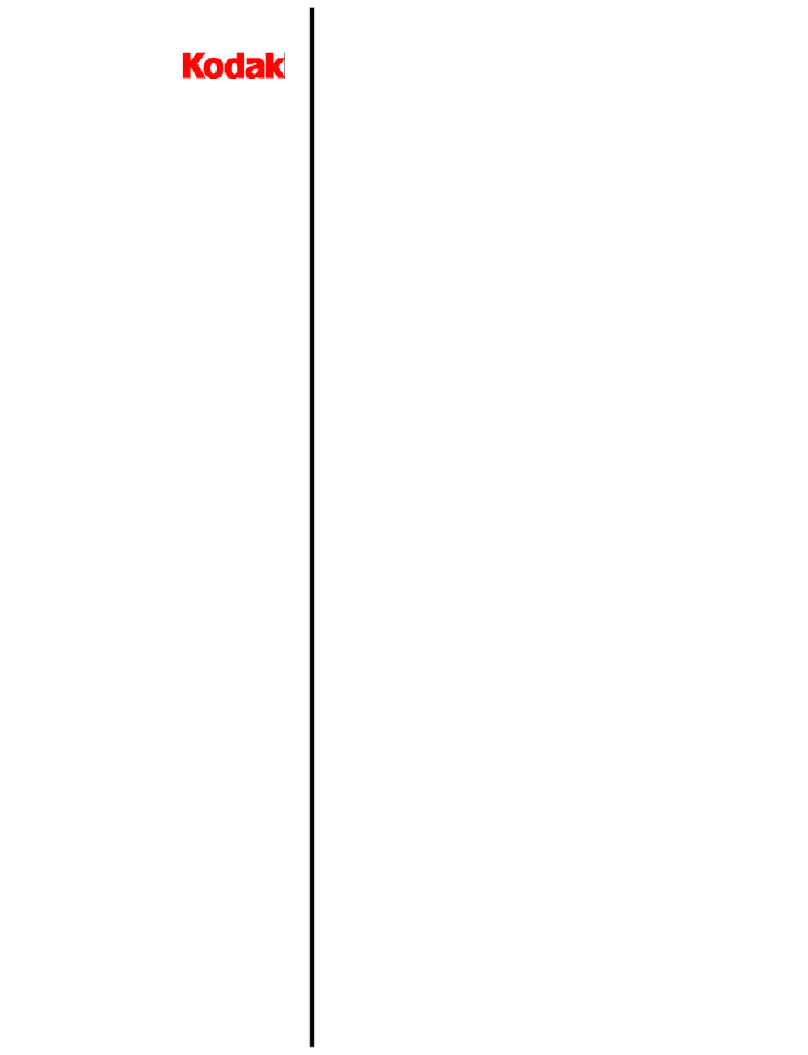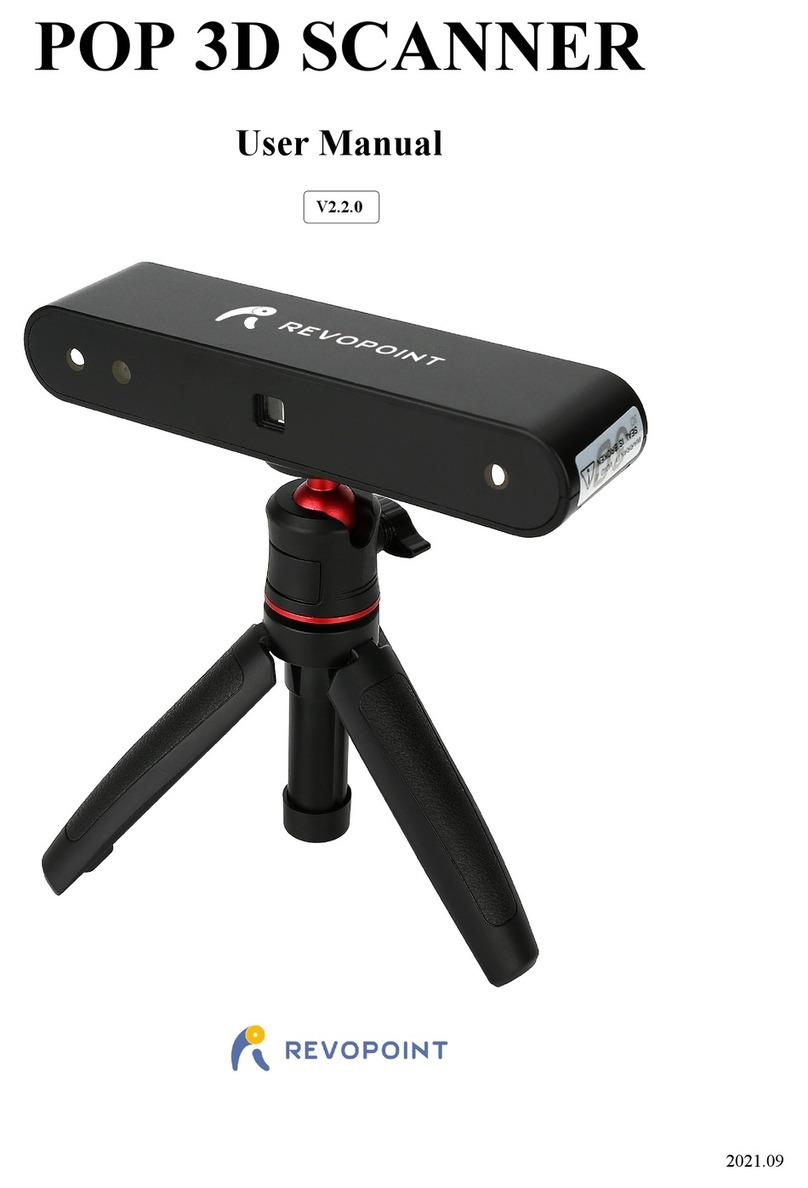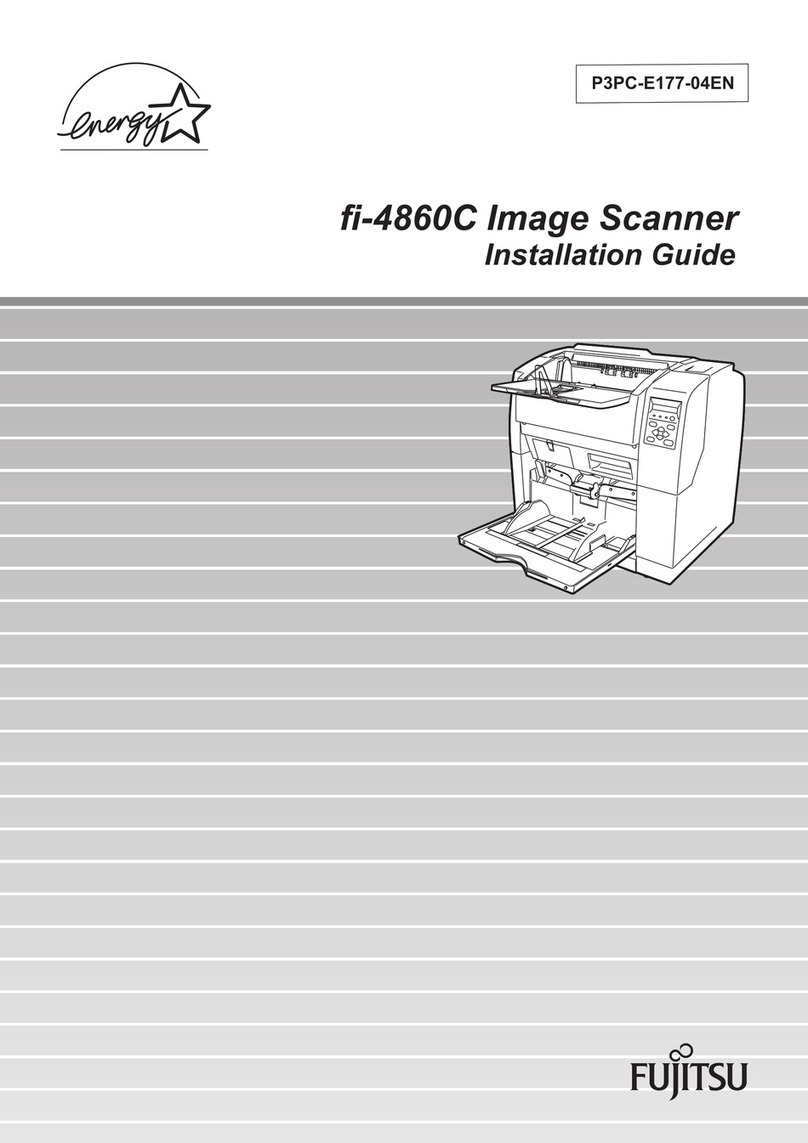
vi SE4750 Integration Guide
Positioning the Exit Window .................................................................................... 2-7
Avoiding Scratched Windows .................................................................................. 2-7
Window Material ...................................................................................................... 2-8
Commercially Available Coatings ............................................................................ 2-9
A Word About Coatings ........................................................................................... 2-9
Optical Path .................................................................................................................. 2-10
Imaging Field of View .............................................................................................. 2-10
Aiming Pattern ......................................................................................................... 2-11
Imaging and Aiming Parallax .................................................................................. 2-12
Engine Clear Aperture ............................................................................................. 2-13
Recommended Exit Window Information ...................................................................... 2-14
Exit Window Notes .................................................................................................. 2-14
Engine Stray Light Zone .......................................................................................... 2-15
Parallel Window Integration Examples .................................................................... 2-16
Tilted Window Integration Examples ....................................................................... 2-17
Chapter 3: Specifications
Introduction ................................................................................................................... 3-1
Electrical Characteristics ............................................................................................... 3-1
Power, MIPI and Parallel Host Interface ................................................................. 3-1
I2C, MIPI, and Parallel Host Interface ..................................................................... 3-2
MIPI and Parallel Host Interface ............................................................................. 3-2
Parallel Host Interface for HSYNC, VSYNC, PIXCLK, and PIX_DATA_x Signals .. 3-3
MIPI Host Interface ................................................................................................. 3-4
Technical Specifications ............................................................................................... 3-6
Supply Currents VCC = VCC_ILLUM = VDD_IO_HOST = 3.3V @ 23C ...................... 3-8
Parallel and MIPI Host Interface with Laser Aim
(Engine Only without PL3307 Decoder) .................................................................. 3-8
Sample Current Scope Plots ................................................................................... 3-9
Skew, Pitch, and Roll .................................................................................................... 3-11
Decode Ranges ............................................................................................................ 3-12
Chapter 4: Electrical Interface
Introduction ................................................................................................................... 4-1
Connector Drawings ..................................................................................................... 4-3
Power Supply Sequencing ............................................................................................ 4-6
Power-up ................................................................................................................. 4-6
Power-down ............................................................................................................ 4-6
Chapter 5: Control Interface
Introduction ................................................................................................................... 5-1
Command List ............................................................................................................... 5-1
Transactions ................................................................................................................. 5-3
I2C Command Format ............................................................................................. 5-3
I2C Response Format ............................................................................................. 5-3
Command Checksum ................................................................................................... 5-4
Response Status Code ................................................................................................. 5-4
Command Descriptions ................................................................................................. 5-5
